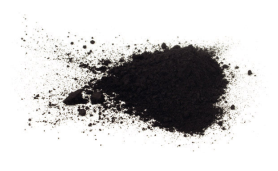
In sulfur recovery plant operations, the formation of soot is one of the major concerns that occur during a shutdown or start-up of the SRU unit. It is a good practice to maintain the stoichiometry between 95 and 99 percent during the fuel gas sweep or fuel gas burn before the Acid Gas-Fuel Gas switch. Another source of sooting happens when there is a substantial amount of hydrocarbon in your feed. Take note that high hydrocarbon content can also result to high CS2 formation.
Sooting will not prevent the catalyst from achieving its maximum efficiency, but it can cause excessive pressure drop across the first bed which will result in the reduction of the plants throughput. Sulfur plant operators used to fixed the formation of sooting through mechanical means when the plant is down. However, unscheduled shutdown is expensive and the plant can run into different equipment problems (e. g. Sulfur Fires or more soot formation).
Instead, on applying the mechanical means approach, sulfur plant operators can now resolve the sooting formation through proper execution of a sulfur wash process. This involves operating the catalyst reactor below its dewpoint temperature; this will allow sulfur condensation on the top of the bed. As liquid sulfur is being produced, it will wash out the soot by gravity from the bed to bring back the normal pressure drop. Depending on the severity of the soot formation, liquid sulfur formation and the converter size, sulfur wash process can take up to 24 hours.








Leave a Reply